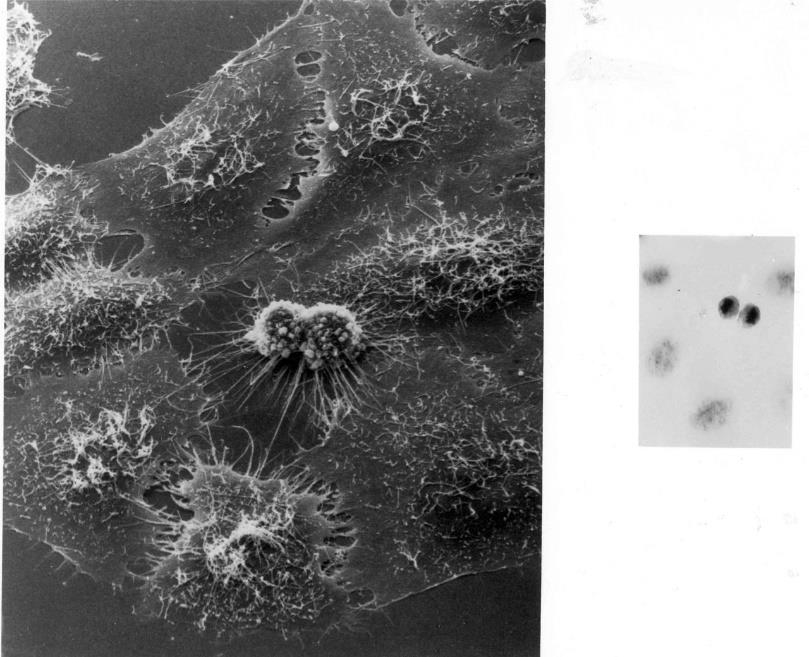


Joseph R. Anticaglia, MD
Medical Advisory Board
In 1951, Johns Hopkins was the only hospitals in Baltimore that treated African American patients. Henrietta Lacks, an African American woman, was examined by the doctors at the hospital after she felt a “knot” in her “womb.” After a series of tests at the hospital, Mrs. Lacks was informed she had cervical cancer. She received various treatments which included radiation therapy. But nine months after the diagnosis, Mrs. Lacks was dead.
During her hospital stay, a tissue sample of the cervix was obtained which proved to be cancerous, and sent to the laboratory of Dr. George Otto Gey. He had been working on tissue cultures in his lab at Hopkins attempting to prolong the life cycle of cells in a culture medium, (that is, a preparation of nutrient substances under sterilized conditions used for the growth of cells).
Dr. Gey, working with his wife, Margaret, and Mary Kucibek, developed a cell culture medium with the right nutrient mixture allowing the cells to grow and multiply outside an organism. They placed the cervical cancer specimens of Mrs. Lacks into test tubes with the culture medium and rotated the tubes.
When they looked at the specimens under the microscope, the cancer cells were rapidly dividing and didn’t die. They labeled Mrs. Lacks cancer cells, HeLa cells (pronounced Hee Lah) for the first two letters of her first and last name. They had just created the HeLa Cell Line, a remarkable innovation.

A cell line is a group of cells that reproduce on their own outside of an organism, typically in a lab. It allows scientists to evaluate biochemical reactions without the need for a live human subject.
From the first observations in 1951 to the present day, the HeLa cells continue to reproduce infinitely (immortal cells) with the proper medium and care. Dr. Gey shared his findings, his technique and Mrs. Lacks cells with researchers in the U. S. and in different countries teaching them his methodology without any commercial benefit to himself or Johns Hopkins. The HeLa cell line, which some have called a “medical revolution,” has been instrumental in some of the most significant advancements in modern medicine.
Although HeLa cells have contributed significantly to scientific research, their use over the decades has raised several concerns. There have been instances of cross contamination with HeLa cells which can lead to inaccurate research results and misinterpretation.
The story of Henrietta Lacks has brought public attention to the importance of informed consent and patient privacy. She did not consent to having her cells used for biomedical research. It also brought into focus the commercialization of the HeLa “immortal” cells that led to discussions over property rights, social justice and equitable distribution of profits generated from such research.
Dr. Gey benefited from the knowledge and techniques of researchers who came before him. Sir Isaac Newton said, “If I have seen further, it is by standing on the shoulders of giants.” Newton meant that modern scientists make strides by taking advantage of the ideas and work of people who came before them. Some might consider Dr. George Otto Gey to have sturdy shoulders.
This article is intended solely as a learning experience. Please consult your physician for diagnostic and treatment options.